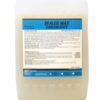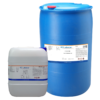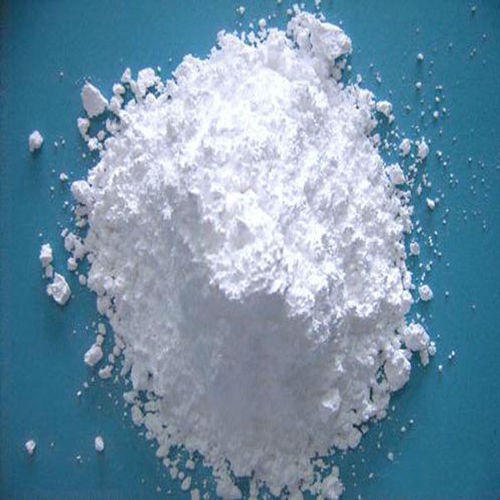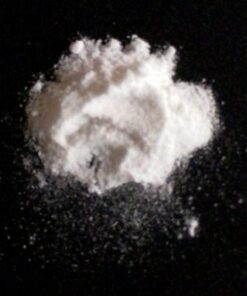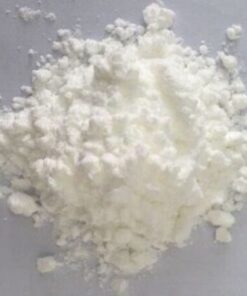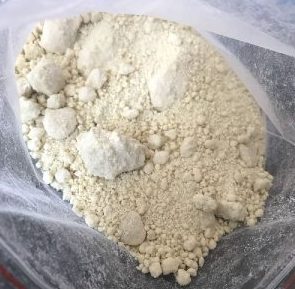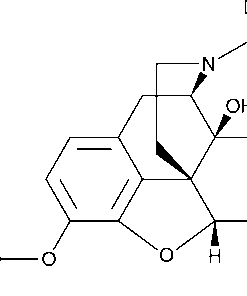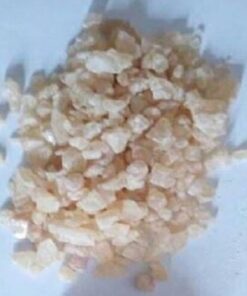Antimony Trioxide
$0.00
- Discover high-purity Antimony Trioxide for industrial applications.
- Available in various grades to meet specific manufacturing needs.
- Trusted source for reliable quality and competitive pricing.
- Ideal for flame retardants, plastics, textiles, and other chemical processes.
- Browse our selection of Antimony Trioxide products with detailed specifications.
- Secure online ordering and global shipping options available.
- Ensure regulatory compliance with our certified Antimony Trioxide offerings.
Antimony Trioxide
It is a vital industrial chemical, plays a crucial role in various applications. Understanding its uses and benefits can help industries make informed decisions about their chemical needs.
What is Antimony Trioxide?
It often abbreviated as Sb2O3, is a white solid compound produced by oxidizing antimony metal. Industries primarily use it as a flame retardant synergist in plastics, rubber, textiles, and other materials requiring crucial fire resistance.
Uses of Antimony Trioxide:
It is widely employed in industries for its flame-retardant properties. It acts as a synergist with halogenated compounds to enhance the flame-retardant effectiveness in materials such as PVC, polyethylene, and textiles. Additionally, it finds applications in:
- Catalysts: Used in the production of polyester fibers and films.
- Glass: Added to glass formulations to increase opacity and strength.
- Paints and Coatings: Improves the fire resistance of paints and coatings.
- Electronics: Used in circuit boards and electronic devices to meet safety standards.
Benefits of Antimony Trioxide:
The key benefits of using it include its:
- Efficiency: Enhances fire resistance with minimal additive levels.
- Versatility: Applicable across various industries including automotive, construction, and electronics.
- Cost-Effectiveness: Provides cost-effective solutions for meeting fire safety regulations.
FAQs:
Q1: What is Antimony Trioxide used for?
It primarily serves as a flame retardant synergist in plastics, rubber, textiles, and other materials requiring fire resistance. Additionally, it finds use in catalysts, glass manufacturing, paints, coatings, and electronics.
Q2: How does Antimony Trioxide enhance fire resistance?
It acts as a synergist with halogenated compounds, releasing water and carbon dioxide in the flame, thereby inhibiting the spread of fire and reducing smoke.
Q3: Is Antimony Trioxide safe to use in consumer products?
Yes, when used as directed in consumer products, it is considered safe. It meets stringent regulatory standards for fire safety and finds wide use in products requiring fire retardancy.
Q4: What industries commonly use Antimony Trioxide?
It finds uses in industries such as automotive (for cables and seating), electronics (for circuit boards and devices), construction (for building materials), and textiles (for flame-resistant clothing).
Q5: Where can I buy Antimony Trioxide in bulk quantities?
You can buy high-quality products in bulk . We offer competitive prices, reliable delivery, and superior customer service tailored to meet your industrial chemical needs.
Q6: What are the packaging options available for Antimony Trioxide?
It is typically available in packaging options ranging from small bags to large containers, ensuring flexibility to meet various production requirements.
Q7: How can I get a quote or place an order for Antimony Trioxide?
Contact today to get a personalized quote and discuss your specific requirements for it. Our team is ready to assist you with timely deliveries and excellent customer support.
Where to Buy it:
For high-quality products, trust lablinksolution. We offer competitive prices and ensure premium quality for all your industrial chemical needs. Contact us today to discuss your requirements and get a quote.
Conclusion:
In conclusion, it stands as a crucial component in modern industrial applications, particularly for enhancing fire safety. Its widespread use across different sectors underscores its importance in ensuring product safety and compliance with regulatory standards.
WhatsApp support
For WhatsApp support, please contact us directly.
Related products
Research Chemicals
Research Chemicals
Research Chemicals
Research Chemicals
Research Chemicals
Research Chemicals
Research Chemicals
Research Chemicals

